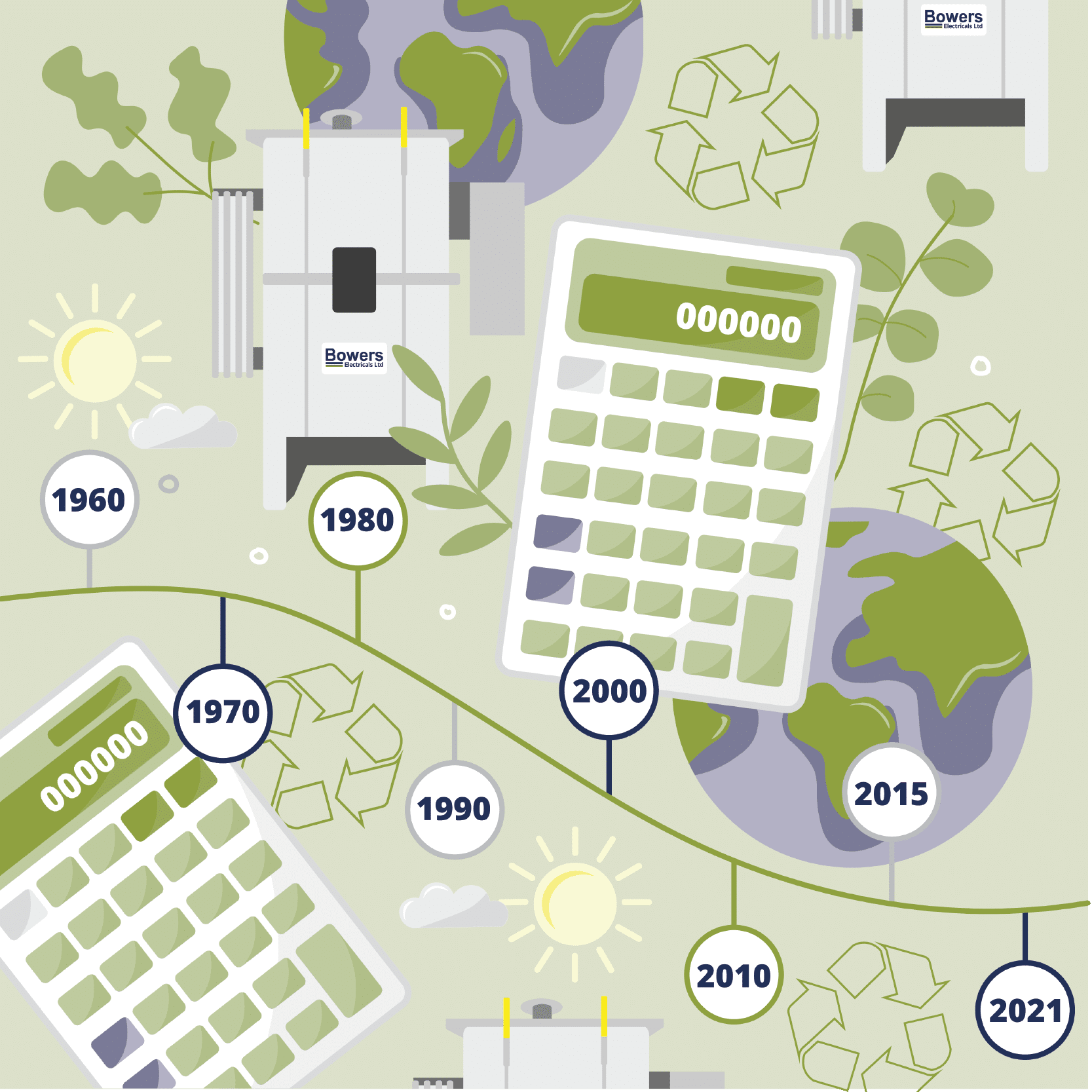The B.E.S.T. savings for you
The last thing we need to know is how you utilise your transformer, which is measured by the load factor. Load factor, in essence, means utilisation. It is the ratio of the average load and the peak load during a certain prescribed period of time.
This varies depending on the type of business or purpose of the building. A load factor of 100% indicates that the transformer is operating at its maximum capacity for the entire time period. A factory using power Monday – Friday 9 till 5, won’t have the same load factor as a factory using power 24/7.



